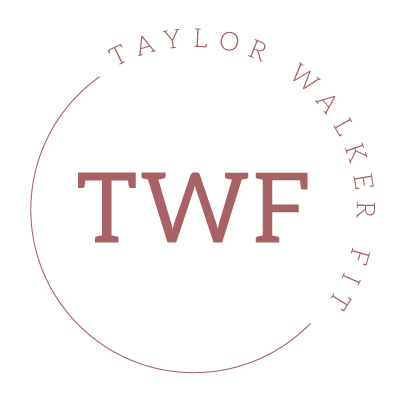This is a sponsored conversation brought to you by Baptist Health South Florida. All information found throughout this blog post has been verified by the Health Professionals of Baptist Health South Florida.

We have been back in Florida for a little over a month and OMG I forgot how hot it gets here in Miami during the summer. Thankfully, CJ cannot and does not want to be outside here as much as he did in California, but we still spend time outside every day. When his cheeks get insanely red and his little body starts dripping in sweat I worry and I turn to Baptist Health South Florida to get educated.
As a mom I worry about the heat. I worry about which sunscreen is best for his little body and I worry about signs of dehydration. I also worry about my husbands fair skin and how long we should be staying outside.
As a mom, I WORRRY. Who Doesn’t?
So today, I wanted to share a bit of information with you on sun health from the experts at Baptist Health South Florida.
Because temperatures in South Florida are much higher than average temps around the country, the chance for heat related illness in both adults and children is higher. It is important to know the signs of dehydration, heat exhaustion and heat stroke.
According to this article and Baptist Health Primary Care’s Gabriel Solti-Grasz, M.D., “Heat stroke is the end of the story,” Dr. Solti-Grasz said. “The beginning of the story is where we can prevent a grave situation from quickly evolving.”

How does recognize dehydration, heat exhaustion, heat stroke?
According to the article: thirst is an indicator of dehydration.
In order to prevent dehydration Dr. Solti-Grasz recommends drinking water before you go out into the heat and continue to drink water throughout your time outside.
If you are exercising outside, make sure to drink water with electrolytes in it to replenish salt and potassium to keep you hydrated. Momfession: I have Pedialyte packets for CJ and often use them when I am working out outside. LOL Electrolytes help your body function and play integral roles in heart rate and temperature regulation.
Signs of dehydration include:
- Thirst
- Reduced Urination
- Headache: If you are experiencing a heat related headache, your may be entering the next phase of heat related illness-heat exhaustion.
Heat Exhaustion: Is the middle phase of heat-related illness that can quickly turn to heat stroke if not combatted immediately.
Signs of Heat Exhaustion Include:
- Headache
- Dizziness
- Nausea or Vomiting
- Reduced Urination
- Fainting
At this phase Dr. Solti-Grasz advises to seek medical attention right away. Call 911 so that fluids can be administered through an IV ASAP.
Signs of Heat Stroke
Heat Stroke is the most sever heat-related illness. Basically, Dr. Solti-Grasz says, the body tries to lower its internal temperature by systematically shutting down organs to protect the heart and brain.
Signs of Heat Stroke:
- Cold or Clammy Skin
- Perspiration Ceases
- Low Blood Pressure
- Cold or Clammy Skin
Heat stroke is the most severe heat-related illness and can actually cause death according to this article. We want to start at the top and remain hydrated so that we never reach the point of dehydration! For children and the elderly, heat-stroke happens much faster. So, we want to make sure we are closely monitoring the high-risk persons in our life.
Lastly, how do we protect the outer layer of our bodies? Our skin!
“Kids usually are more sensitive, but everybody should protect themselves,” says Naiara Braghiroli, M.D., dermatologist with Miami Cancer Institute. Dr. Braghiroli offers some insight into sun protection for us to stay safe all summer long.
- Apply sunscreen 20 minutes before sun exposure: So hard to do with kids and if time is not of the essence she recommends clothing with SPF built in.
- Get to know your types of sunscreen:
- Physical Blockers:
- They sit on the skin and deflect the suns ray’s according to the American Academy of Dermatology and have active ingreditens: Zinc Oxide or Titanium Dioxide. Both of which have been deemed safe by the FDA.
- These sunscreens often leave a white residue, but do not get fully absorbed into the skin. We use this type of sunscreen on CJ!
- Chemical Blockers:
- Chemical sunscreens work like a sponge, absorbing the sun’s UV rays, says the AAD. These products contain one or more of the following active ingredients: oxybenzone, avobenzone, octisalate, octocrylene, homosalate and octinoxate.
- oxybenzone and octinoxate have been shown to have detrimental affects on our coral reefs.
- These formulas are easier to rub into the skin, but the FDA has stated that there is “insufficient safety data” on most of these chemicals.
- Physical Blockers:
“The FDA doesn’t approve chemical sunscreen because some studies show that your skin absorbs that chemical sunscreen and you can find it in the bloodstream days after it was applied,” explains Dr. Braghiroli. “The (physical) sunscreens are recommended because it forms a barrier that reflects away the UV sunlight.”


